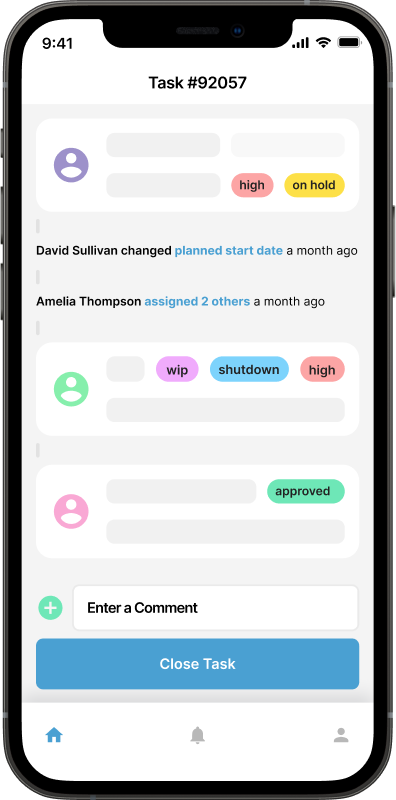Asset Management in the Cloud: Benefits and Best Practices

What is Cloud-Based Asset Management?
Businesses are increasingly turning to the cloud to streamline their operations and enhance efficiency. One crucial aspect that benefits immensely from this shift is asset management. Embracing cloud solutions for asset management not only offers a plethora of advantages but also necessitates adherence to best practices to maximize its potential.
Cloud-based asset management refers to the practice of managing an organization’s assets using software applications that are hosted on remote servers and accessed via the internet, rather than being installed locally on an organization's own computers or servers. This approach leverages cloud computing technology to provide various benefits related to accessibility, scalability, cost-effectiveness, and ease of use.
In this blog, we will delve into three key benefits and three best practices associated with cloud-based asset management, shedding light on the transformative power of this technological evolution.
3 Benefits of Asset Management in the Cloud
When businesses manage their assets in the cloud, they enjoy the following benefits:
1. Enhanced Accessibility and Collaboration
One of the primary advantages of adopting cloud-based asset management is the unparalleled accessibility it provides. Through a centralized platform, stakeholders, irrespective of their geographical location, can effortlessly access real-time data related to software asset management and facility management. This heightened accessibility fosters seamless collaboration among teams, breaking down silos and ensuring that everyone is on the same page.
2. Cost Efficiency and Scalability
Cloud-based asset management offers a compelling financial advantage by minimizing upfront infrastructure costs and providing a scalable model that aligns with organizational growth. In the realm of software asset management, businesses can avoid hefty upfront investments in hardware and software licenses, opting instead for a pay-as-you-go model. This not only reduces initial capital expenditure but also allows for flexible scaling based on actual usage.
3. Improved Disaster Recovery and Business Continuity
Cloud-based asset management significantly elevates an organization's disaster recovery and business continuity capabilities. In the event of a hardware failure or a catastrophic event, cloud platforms offer robust backup and recovery solutions. This ensures that critical data related to software asset management and facility management is safeguarded, and operations can swiftly resume with minimal downtime.
3 Best Practices for Asset Management in the Cloud
The following best practices for asset management in the cloud are recommended:
1. Implement Robust Security Measures

With the convenience of accessibility comes the paramount need for robust security measures. As data is stored and accessed in the cloud, organizations must prioritize the implementation of state-of-the-art security protocols. This involves securing sensitive information through encryption, implementing multi-factor authentication, and conducting regular security audits. By fortifying the cloud infrastructure, businesses can mitigate the risks associated with unauthorized access and data breaches, ensuring the confidentiality and integrity of their asset management data.
2. Regularly Optimize Cloud Resources
To fully capitalize on the cost efficiency and scalability offered by the cloud, organizations must adopt a proactive approach to resource optimization. This involves regularly assessing usage patterns, identifying underutilized resources, and optimizing configurations for maximum efficiency. By embracing this best practice, businesses can ensure that they are only paying for the resources they need, avoiding unnecessary expenses and optimizing the overall cost-effectiveness of their cloud-based asset management.
3. Establish Comprehensive Data Backup and Recovery Plans
While the cloud inherently enhances disaster recovery capabilities, organizations must complement this with well-defined backup and recovery plans. Regularly backing up asset management data, including software licenses and facility maintenance records, is imperative.
In conclusion, the integration of cloud-based solutions into asset management processes heralds a new era of efficiency and collaboration. By leveraging the enhanced accessibility, cost efficiency, and disaster recovery capabilities offered by the cloud, organizations can propel their asset management practices to new heights. However, to fully unlock these benefits, adherence to best practices, such as robust security measures, resource optimization, and comprehensive backup plans, is essential.

